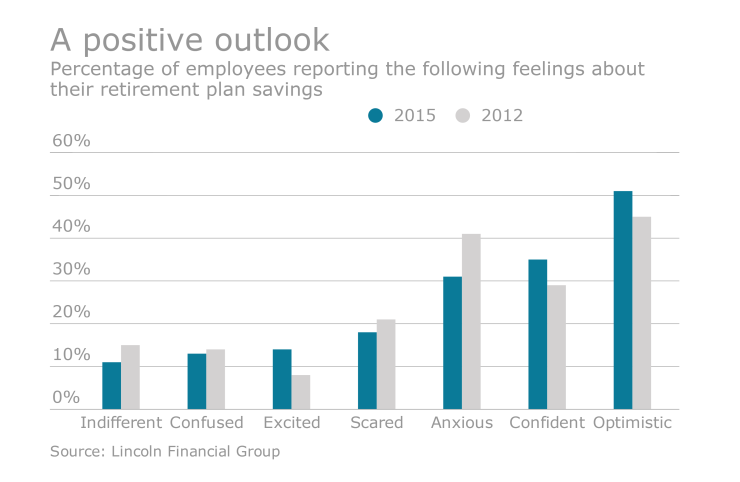Employer-sponsored retirement plans come in many varieties. For example, under 401(k) and other defined contribution plans, employees and, often, employers may make specific contributions to an employee’s plan account throughout the individual’s employment. Accordingly, the amount of the employee’s benefit at retirement will vary, based on those contributions and their investment performance.
In contrast, under defined benefit pension plans, plan sponsors promise to provide employees with a specific benefit at retirement. Pension plan sponsors must therefore ensure their plans are sufficiently funded to keep those promises, making any required contributions (based on mortality tables that can change from time to time and may increase required contributions) and assuming the risk of possible investment losses. They are also responsible for the administrative cost of maintaining such plans, including ever-increasing Pension Benefit Guaranty Corporation (PBGC) premium payments.
These risks have contributed to the

Some defined benefit pension plan sponsors have frozen their plans, either to new participants or to further benefit accruals, while other sponsors have terminated their plans, establishing 401(k) plans as replacements. In addition, defined benefit pension plan sponsors have also offered qualifying participants limited-time opportunities to convert their future retirement benefits into immediate lump sum payments or the right to begin receiving monthly pension payments early. (In 2015, the IRS issued
A more recent trend has seen defined benefit pension plan sponsors transferring a portion of their pension plan obligations to insurance companies through the purchase of annuity contracts for the benefit of affected participants. The insurer then assumes the liability for paying the participants’ promised benefits, and the employer has no further financial risk for the transferred liabilities. Insurers have begun to take on larger and larger blocks of pension obligations – recent transfers have reportedly ranged in the hundreds of millions of dollars.
A defined benefit pension plan sponsor should not make the decision to transfer future benefit obligations to an insurer lightly, however. The selection of an insurance company or other annuity provider for this purpose is a fiduciary decision governed by The Employee Retirement Income Security Act of 1974 (ERISA). As a result, the plan sponsor must act solely in the interest of plan participants and beneficiaries and for the exclusive purpose of providing benefits to those individuals and defraying reasonable expenses.
The Department of Labor (DOL) has issued guidelines that defined benefit pension plan sponsors should follow when selecting the annuity provider(s) to which pension plan obligations will be transferred. Under
· Conduct an objective, analytical, and thorough search to identify and select the annuity provider.
· Evaluate the annuity provider’s claims‑paying ability and creditworthiness, considering various factors including (but not limited to):
o The quality and diversification of the annuity provider’s investment portfolio;
o The annuity provider’s lines of business and possible exposure to liabilities;
o The annuity provider’s size relative to the transferred liability;
o The annuity provider’s level of capital and surplus; and
o The structure of the proposed transaction and any guarantees supporting the annuity provider’s provision of annuities to plan participants.
· Obtain the safest annuities available, unless, under the circumstances, it would be in the participants’ and beneficiaries’ best interests to do otherwise. (For instance, a lower-cost annuity may be preferable to a much higher-cost annuity that is only marginally safer.)
· Work with a qualified, independent expert to evaluate possible annuity providers unless the plan sponsor has the necessary expertise to evaluate all of the factors noted above.
Failure to follow these guidelines or otherwise act prudently when selecting an annuity provider may be a violation of a defined benefit pension plan sponsor’s fiduciary duties under ERISA. As a result, even as they consider transferring future plan obligations to insurers as a means of de-risking their plans, pension plan sponsors must also recognize the possible risks they face in taking such actions.
This article originally appeared on the





